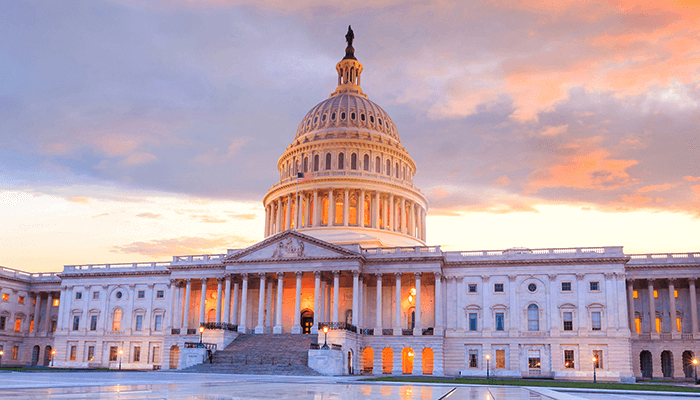Op-Ed: A Grand Bargain is Still Possible. Here’s How.
Washington Post | April 29, 2013
In the 2½ years since the National Commission on Fiscal Responsibility and Reform that we co-chaired released its final recommendations on charting a path toward meaningful and bipartisan debt reduction, we have traveled the country, speaking to hundreds of thousands of Americans of all ages, incomes, backgrounds and ideologies about our debt challenge. No matter our audience, those we spoke with shared two things: a thirst for the truth about what it will take to right our fiscal ship and a willingness to be part of the solution so long as everyone is in it together.
Unfortunately, in Washington, the past two years have been defined by fiscal brinksmanship. Policymakers have lurched from crisis to crisis, waiting until the last moment to do the bare minimum to avoid catastrophe without addressing the fundamental drivers of our long-term debt.
To be sure, some progress has been made the past two years. Policymakers have enacted about $2.7 trillion in deficit reduction, primarily through cuts in discretionary spending and higher taxes on wealthy individuals. Yet what we have achieved so far is insufficient. Nothing has been done to make our entitlement programs sustainable for future generations, make our tax code more globally competitive and pro-growth, or put our debt on a downward path. Instead, we have allowed a “sequestration” to mindlessly cut spending across the board — except in those areas that contribute the most to spending growth.
But there are seeds of hope that a bipartisan agreement might be achievable.
In December, the two parties were as close as they’ve ever been on a plan to put our fiscal house in order. Although they did not reach agreement, we continue to believe that broader compromise is possible. In particular, President Obama deserves a lot of credit for his budget, which lays the foundation for constructive bipartisan discussions by incorporating the tough choices and politically difficult compromises contained in the last offer he made during negotiations with House Speaker John Boehner in December.
While the president’s budget represents a significant step forward, it does not go as far as necessary to keep our debt declining as a percent of our economy. There are significant, substantive differences between the parties on key issues. But we hope that instead of retreating to their respective partisan corners, leaders in both parties will work to bridge the divide.
That’s why we released a new plan this month that builds on the most recent negotiations between the president and the speaker. In crafting it, we drew on the conversations we have had with policymakers from both parties in the past two years, and we worked to address concerns raised about the plan we put forward in 2010. This new plan represents what we believe is both necessary and politically possible, highlighting areas where there is bipartisan agreement and outlining ways to bridge differences on other areas.
The plan we propose would achieve $2.5 trillion in deficit reduction through 2023, replacing the immediate, mindless cuts of the sequester with smarter, more gradual deficit reduction that would avoid disrupting a fragile economic recovery while putting the debt on a clear downward path relative to the economy over the next 10 years and beyond. Importantly, the plan would achieve this deficit reduction while respecting the principles and priorities of both parties.
Our proposal contains concrete steps to reduce the growth of entitlement programs and make structural changes to federal health programs, such as reforming the health-care delivery system to move away from the fee-for-service model and gradually increasing the eligibility age for Medicare. At the same time, it would provide important protections and benefit enhancements for low-income and vulnerable Americans, such as an income-related Medicare buy-in for seniors affected by the increase in Medicare’s eligibility age and greater protections against catastrophic health-care costs for low-income seniors.
Our proposal recognizes that additional revenue must be part of a comprehensive deficit-reduction plan for both substantive and political reasons. Our plan raises revenue through comprehensive tax reform that lowers rates, improves fairness and promotes more vibrant economic growth.
These structural reforms are accompanied by spending cuts in all parts of the budgets put forward by both parties, including cuts to defense and non-defense programs. The plan also includes a shift to the chained consumer price index to provide more accurate indexation of provisions throughout the budget, with a portion of the savings devoted to benefit enhancements for low-income populations. Together, these policies would put the debt on a downward trajectory as a share of gross domestic product — and would keep it declining for the long term.
Our proposal is not our ideal plan, and it is certainly not the only plan. It is an effort to show that a deal is possible in which neither side compromises its principles but instead relies on principled compromise. Such a deal would invigorate our economy, demonstrate to the public that Washington can solve problems and leave a better future for our grandchildren.
What's Next
-
Image

-
Image

-
